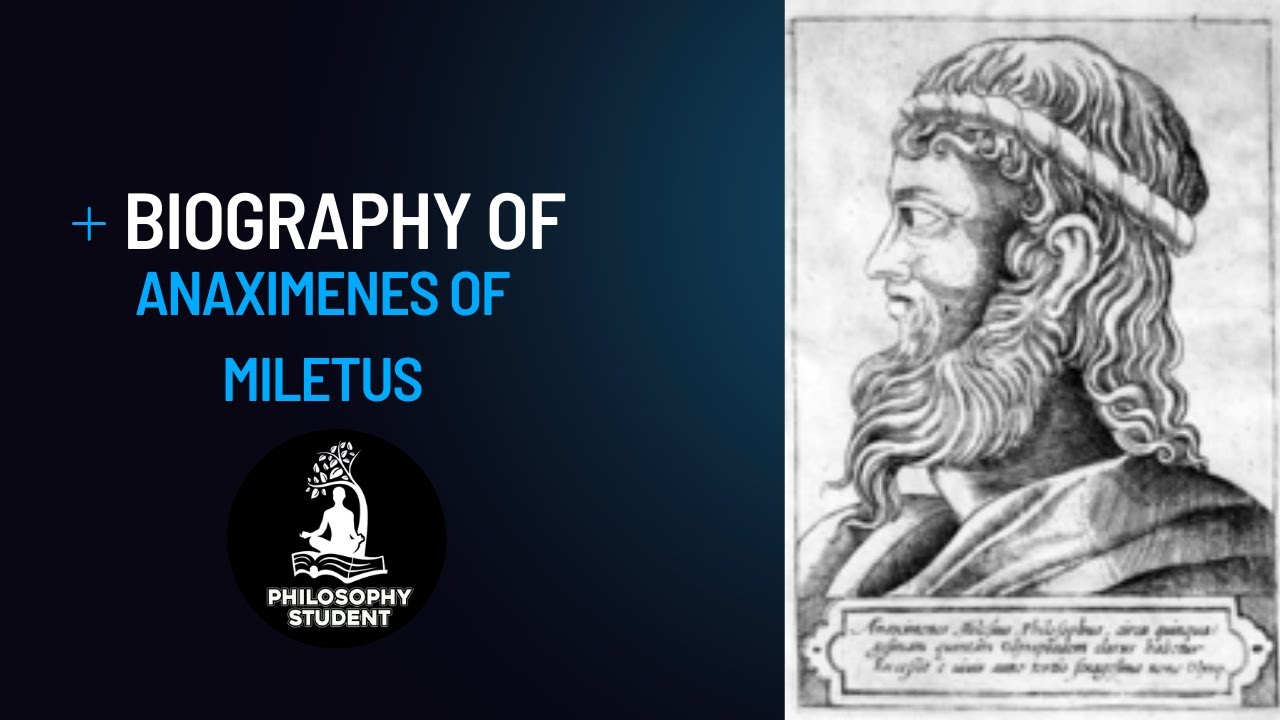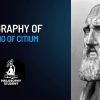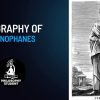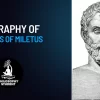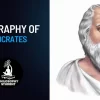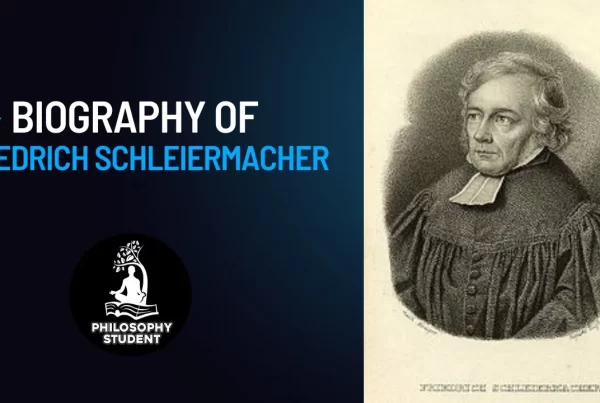Born about 586 BC, presumably in Miletus, Anaximenes was a Pre-Socratic, taught by Anaximander, who had been the student of Thales. It was this trio who made up the so-called Milesian school. Material monists, they shared the belief that everything was composed of a single element. Anaximenes believed that this arche—the underlying element of the world —was aer, that is air, vapor, or mist. Unlike Thales, Anaximenes theorized that things retained properties of the apeiron (the ambiguous substance of infinity) but could assume a tangible state capable of creating other things through two processes, condensation and rarefaction. Like the apeiron, aer was infinite. He also brought material monism to a more empirical level by associating hot and dry and cold and wet states with the density of a material. Anaximenes’ emphasis on changing forms rather than new acts of creation simultaneously brought cosmology a step closer to the modern view even as it may have influenced Plato.
As a cosmologist, Anaximenes held that air “coagulated” or “felted” to create the earth, a flat disk, which behaved like a leaf floating in the wind. While the earth and sun were bodies, stars were the ignited product of air, exhaled from the earth. The sun, although also aflame, was composed of earth, as was the moon. The motion of the sun and other heavenly bodies was likened to a cap turning around upon the head that wears it.
Unfortunately, nothing of Anaximenes’ writing survives, but his fundamental contribution to philosophy and science, conveyed by others, is his emphasis on the changing forms of underlying matter. This contributed to a movement away from mythological explanations of genesis and cosmology and toward a view more closely resembling that of natural philosophy or science. Anaximenes is believed to have died about 526 BC.

